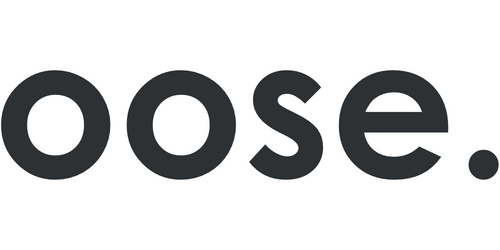
TestBash World 2022
TestBash World is set to be the biggest and most inclusive software testing conference in 2022. In true MoT style, we’ve gone big and bold as we continue to push the boundaries of what online conferences look like.
For this new event, we’ve smashed the groundbreaking 24-hour conference, TestBash Home, with our global meetup network to bring to you TestBash World. This innovative conference will run for a full 24 hours over the 22nd and 23rd of June and is free for all to attend!
With TestBash World, you can join from the comfort of your own home, attend a local meetup or even set up your own watch party! This means that even more members of the community can get involved and enjoy the TestBash experience.
Our estimates suggest there will be over 2,000 members of our active community joining TestBash World. And, with multiple ways for you to learn, engage and have shared experiences with the community during the event; we know it’s going to be an incredible TestBash for everyone.
So why not join them? With TestBash World following our successful 24-hour format, you’ll be able to attend the conference live no matter where you are in the world. Register to attend below. You may also have the opportunity to learn with others at a local Meetup if there's one close to you. Check here all the Meetup groups around the world. No Meetup near you? Then why not set up your own Watch Party below.



